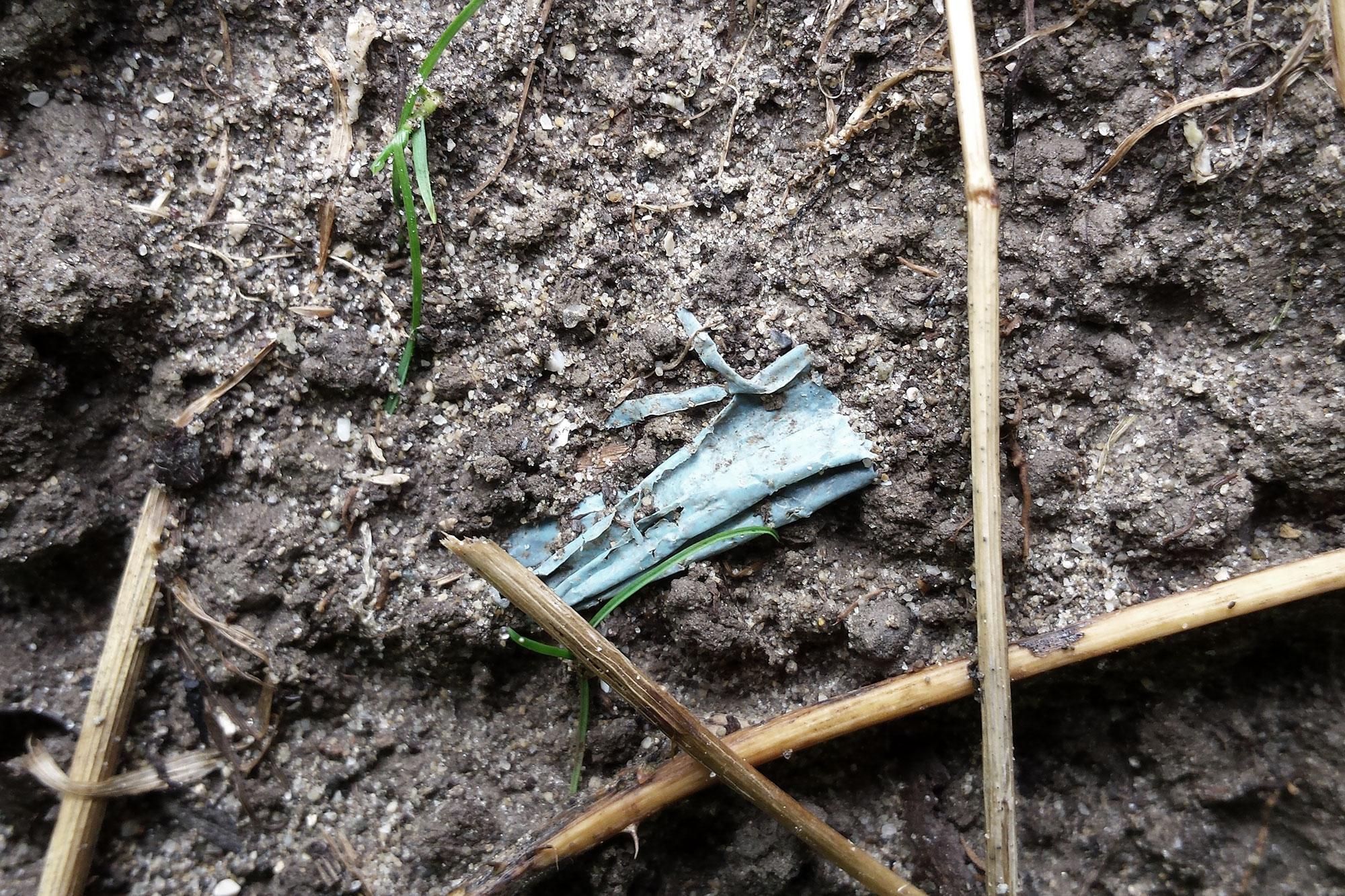Making nanoplastic particles visible in nature

Plastic particles accumulate in the environment. A new method now makes it possible to find and characterise even the tiniest of these particles.
Agricultural films, tyre wear, plastic bags: it has long been known that plastic gets into soil and water in countless ways. Over time it then breaks down into smaller and smaller pieces. While many researchers are working on microplastics in the millimetre and micrometre range, almost nothing is known about the even smaller nanoplastics - because these cannot be detected in the environment using available techniques.
However, experiments in the laboratory show that these tiny particles are potentially harmful to ecosystems and human and animal health. Due to their small size, they can penetrate the smallest organisms and even cross the blood-brain barrier in higher organisms. A method developed with funding from the SNSF now makes it possible to investigate which types of nanoplastics accumulate in nature and where this happens.
In tea and soil
For this purpose, soil researcher Moritz Bigalke from the University of Bern and his team used a technique known as scanning transmission X-ray microscopy, which can be used to visualise structures in the nanometre range. They successfully detected nanoplastics in soil samples and in peppermint tea that was freshly brewed with ultrapure laboratory water - in the latter case, the nanoplastic particles originated from the polyamide present in the tea bag. The researchers were able to distinguish between six different types of plastic in the samples, such as PET or polystyrene.
In his publication*, Bigalke highlights that the technique is not suitable for quantitative analyses because a scan takes up to half an hour. But the researchers can use it to characterise individual nanoparticles, for example in arable soil samples, and draw conclusions about processes that could be relevant regarding crop production. Because plastic gets onto fields in many ways, be it through compost or plastic films. And there are plenty of legacy issues from decades past.
A. Foetisch et al.: Identification and characterisation of individual nanoplastics by scanning transmission X-ray microscopy (STXM). Journal of Hazardous Materials (2021)